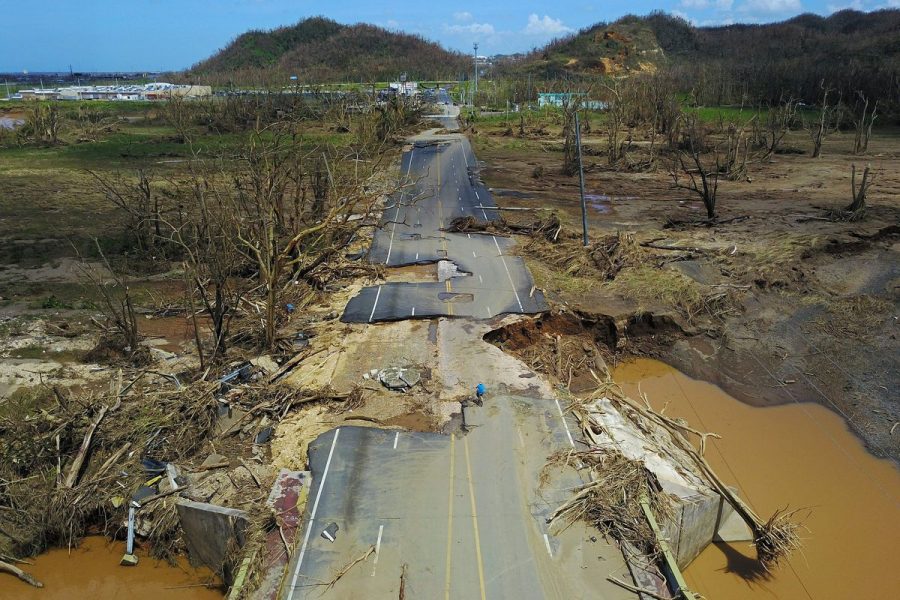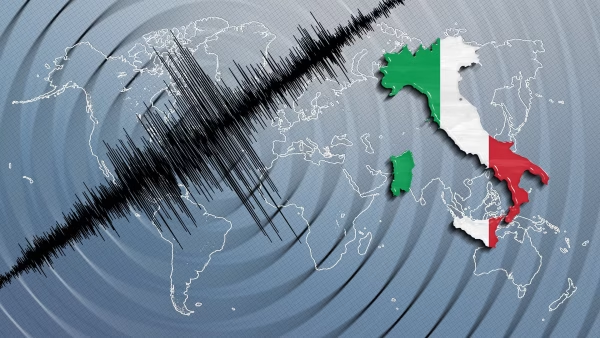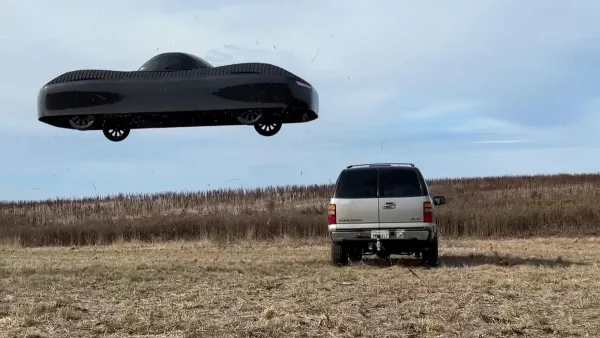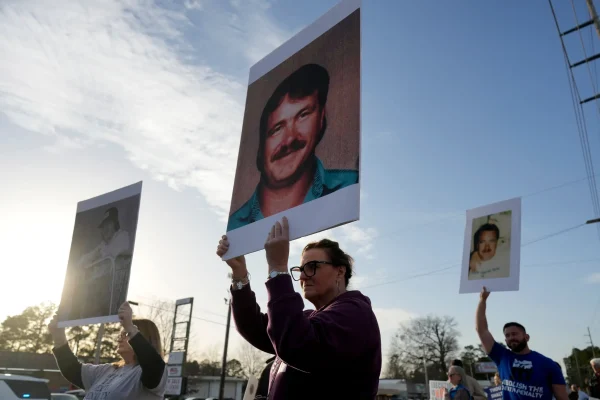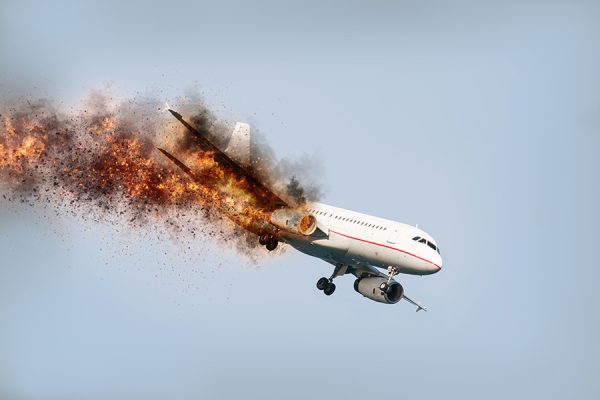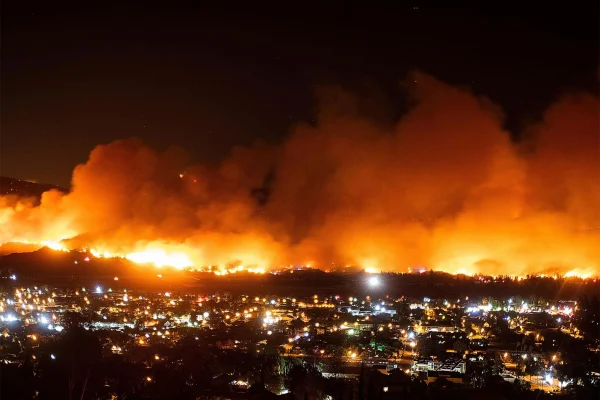Puerto Rico Struggles to Rebuild 5 Months After Hurricane
Puerto Rico is well known for its beautiful landscapes, tourist attractions, and crippling financial debt.
First, the good: Puerto Rico is a territory of the United States of America, and is a Caribbean Island just east of The Dominican Republic. It is 3,515 square miles of land, mostly arable and tropical, and is well known for its vast rain forests, beautiful beaches, and very cultural cities.
But, Puerto Rico is in the midst of a financial crisis, owing the federal government over $130 billion in debts.
To put this number into perspective, the state of Ohio has an outstanding debt of roughly $30 billion and has a three and a half times bigger population, with nearly thirteen times the land area. Lacking any tax breaks, Puerto Rico has to pay this debt, exceeding its own GDP of one hundred billion dollars. The small island nation also boasts a not-so small poverty rate of nearly 45%.
Now take this island, and everyone on it, throw it in the middle of a category 4 hurricane, and you’ve got a recipe for disaster. To put it bluntly, Puerto Rico is screwed, tightly.
It’s nearly midnight, September 19th, 2017. Everyone is anxious and scared for their lives as Hurricane Maria is going to make landfall in just a few long, dreadful hours. It’s almost 3 in the morning the next day, September 20, but everyone is wide awake, waiting. They know that Maria is going to hit, and it is going to hit hard. At 6:15 am, Hurricane Maria makes landfall, with winds exceeding 150 miles per hour, with cars and anything else left on the streets drowned by foot upon foot of rain and flood water. Anyone standing outside has most definitely arranged their very own funeral.
Hurricane Maria hit the island on September 20, and has left a lasting impact on Puerto Rico in every way imaginable. The population lost their homes, access to food and water, and electricity, everywhere. The copious amounts of rain and flood water caused the small island’s ancient power grid to be knocked out for the entire island for quite some time. Nearly a week after the storm hit, only about 56% of Puerto Rican citizens had access to clean drinking water.


It’s been nearly 5 months since the hurricane hit, and the island is still recovering. Many are still without clean food and water and rely on FEMA ration deliveries.
But why? Well the first and fairly obvious reason is because unlike Hurricane Irma and Harvey, the affected area is an Island, which means it is much harder and slower to get relief to the affected areas. Unlike Florida, and Texas you can’t just drive to the affected area; you have to get airfields and docks up and running, which is far more difficult than clearing a road.
Another reason is the aforementioned terrible poverty in the area. It’s bad enough that people can barely afford food and water with a job; what happens when you take the job away and when that food and water becomes harder to find? So, a majority of Puerto Rican Citizens rely on FEMA ration deliveries.
People are leaving the island at an unsurprisingly alarming rate, as it’s been this way for the past 10 years. As such, the number of people helping with the efforts to get the island back on its feet is dwindling.
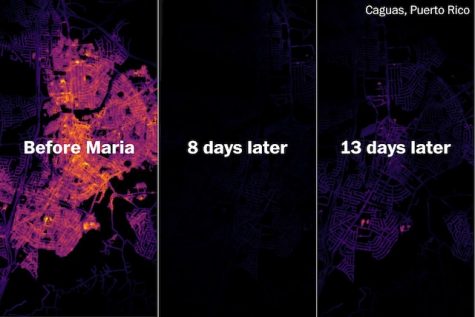
Five months later, they still have no power in parts of the island. More than 400,000 are without electricty. This is due to the absolutely stone-aged infrastructure of the island, and Flintstones level electrical grid. This means that the relief in Puerto Rico has extended past repairing the electrical grid, and are actually replacing it, taking far more time than a typical recovery from a natural disaster.
The US Army Corps of Engineers suggest that it will take a considerably longer amount of time to get Puerto Rico back to where it was, which only means attention switches from “Let’s get these people food” to “Let’s get these people money.”
In September, following the hurricane, Congress approved $15 billion in relief aid for the hurricanes. But, Puerto Rico said it needed $94 billion to rebuild the island and to make the infrastructure stronger to stand up to future natural disasters. The power grid was expected to cost $17 billion alone (the government set aside only $2 billion–the same amount given to the recovery of Florida’s citrus industry).
If this all weren’t bad enough, add in a broken contract with FEMA. Tribute Contracting in Atlanta was contracted by FEMA to provide meals to victims in Puerto Rico. Director Tiffany Brown was given $156 million to provide 30 million meals. Only 50,000 of the 3 million were delivered. (Brown has five previous government contracts that were terminated for failure to deliver.)
Aging infrastructure, and sky-high poverty rates, and a category 4 hurricane…Puerto Rico has been and continues to be in a terrible spot.
________________________________________________________
Sources:
https://www.pbs.org/newshour/show/heres-why-restoring-power-in-puerto-rico-is-taking-so-long
http://www.businessinsider.com/puerto-rico-debt-2017-10


